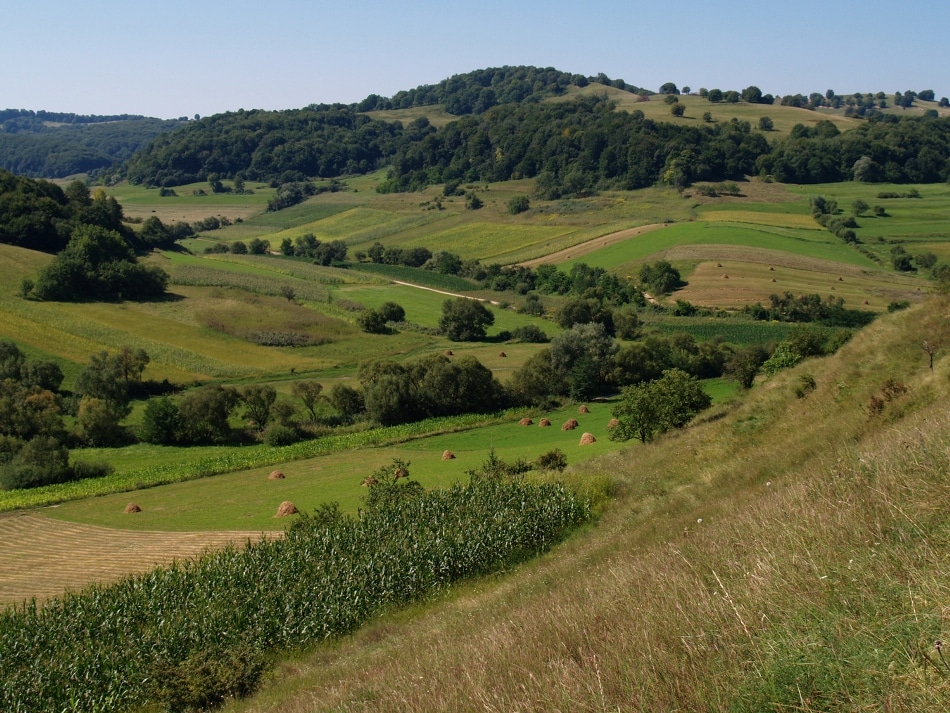May 15 2019
Agricultural ecologists at the University of Göttingen were involved in collaborative thinking for the conservation of nature.
 A structurally rich agricultural landscape (Romania) can promote biodiversity. (Image credit: Laura Sutcliffe)
A structurally rich agricultural landscape (Romania) can promote biodiversity. (Image credit: Laura Sutcliffe)
In agriculture and nature conservation, two different views persist in integrating high biodiversity and sustainable food production: nature conservation should be either associated with agricultural land or divided into protected areas for possible maximum yields in the areas of food production.
Scientists at the University of Göttingen suggest coordinated strategies that combine agricultural production and nature conservation in sustainably managed landscapes. The study outcomes have been published in People and Nature.
Many researchers argue that agricultural production on existing land should be intensified to increase yields while reducing agricultural pressure on the last areas of wilderness. This approach is being pursued primarily in tropical countries.
Dr Ingo Grass, Study First Author, Division of Agroecology, University of Göttingen
However, biodiversity and agriculture are often closely intertwined and many species are also beneficial to the farmer. In the agricultural landscapes of Europe, many species worth protecting have adapted to extensively cultivated habitats. These species are threatened by increasing agricultural intensification.
Teja Tscharntke, Professor, Head of Division, University of Göttingen
The scientists, in their interdisciplinary study, argued for a stronger integration of these two opposing opinions.
Modern and sustainable agricultural landscapes require protected areas and high-yield food-production areas, untouched habitats as well as extensively farmed areas. This combination not only enables the highest species diversity, but also promotes ecosystem services such as pollination and biological pest control by insects and farmland birds. These are essential for sustainable agricultural production.
Dr Ingo Grass, Study First Author, Division of Agroecology, University of Göttingen
The authors explained that different landscape elements and habitats ought to be linked by strips of land or hedges to produce maximum biodiversity and advantages to people.